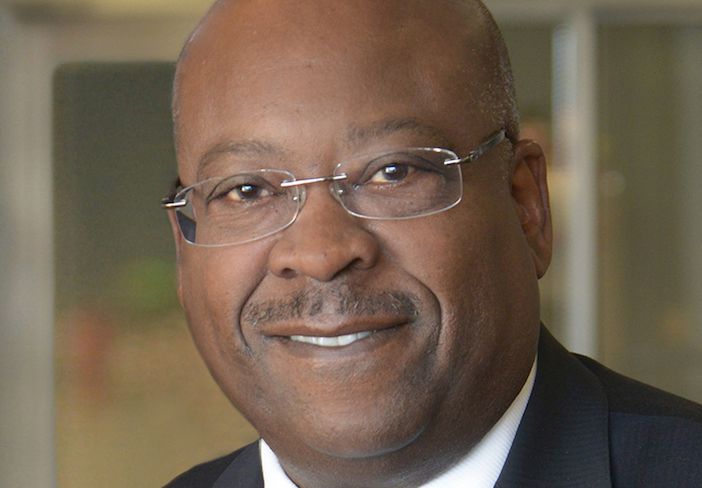Greg Winfree, JD, agency director of the Texas A&M Transportation Institute, looks at the ways in which modern techniques can mitigate traffic congestion when thousands flood in (and out) of summer events
Big-time events generate big-time traffic. With 100,000 or more people gathering in a confined space, all arriving and departing at essentially the same time, it’s reasonable to expect traffic turmoil on
a grand scale.
And truly, how could we not expect such an outcome? After all, we simply cannot build transportation infrastructure to accommodate year-round the kind of travel demand associated with infrequent major events. Doing so would be expensive and environmentally problematic. The most prudent solution is to make the best use of the infrastructure we do have, using every technology tool available. That’s an approach we’ve spent years refining at the Texas A&M Transportation Institute.
“The most prudent solution is to make the best use of the infrastructure we do have, using every technology tool available”
Our team starts with “knowing what we know.” We know, for instance, when an event will begin, roughly how long it will last, how many spectators to expect, and which major thoroughfares those spectators are likely to use.
And then we consider those factors that are less predictable. For instance: What if a major power failure knocks out all the traffic signals in a one-mile radius of the event venue? What if a severe vehicle collision blocks multiple traffic lanes on a major arterial? To prepare for these types of possibilities we employ both manually controlled and pre-programmed smart signals to constantly adjust traffic flow for maximum efficiency. We also use cameras to monitor traffic movement on streets and in parking lots, deploying staff to troubleshoot bottlenecks.
We integrate multiple jurisdictions’ command centers to enable quick response to traffic issues as they arise and constantly update portable electronic signs to give travelers real-time traffic information. We deploy law enforcement to direct traffic in the event of equipment breakdowns and we ensure that strategies are coordinated through multiple stakeholder agencies. And after each event, we dissect the experience to refine our methods.
Transportation professionals from Mexico to Eastern Canada now have a similar opportunity to learn from experience in the wake of the recent solar eclipse. Even though that occurrence wasn’t a “planned special event” in the usual sense, experts knew to expect huge numbers of eclipse chasers flocking to points along the path of totality. That’s why numerous cities and counties issued disaster declarations even before the eclipse, anticipating that traffic congestion would cause major disruptions.
It will take some time for us to fully analyze and understand the traffic impacts of that historic cosmic event, but this much is already indisputable: effective special event traffic management requires both teamwork and technology. We’ll be employing both when we host country music megastar George Strait and the Mexico-Brazil soccer match in our 102,000-seat Kyle Field stadium on back-to-back weekends this summer. Taylor Swift doesn’t yet have plans to visit us, but when she does, we’ll be ready.
This article first appeared in the June 2024 edition of TTi magazine





